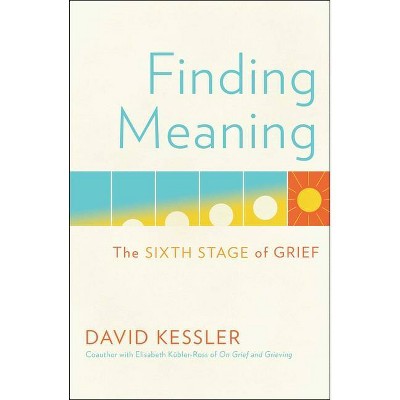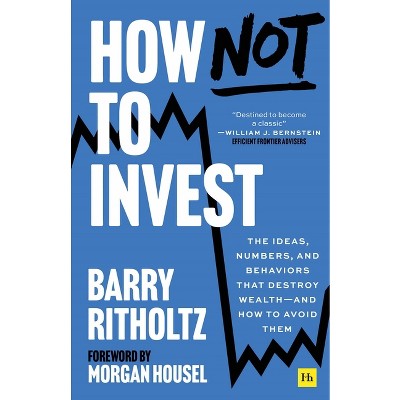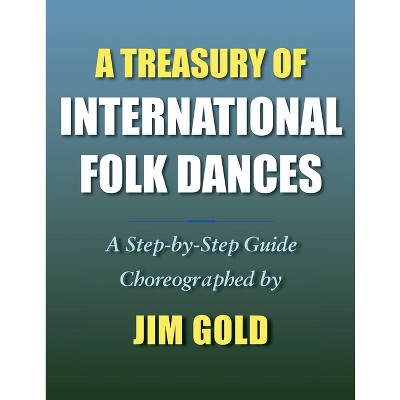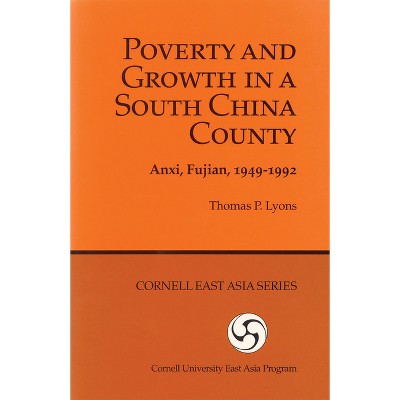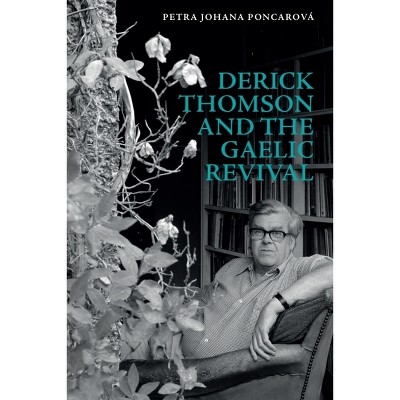About this item
Highlights
- Throughout history, humans have used dance as a benefit for mind, body, and soul.
- About the Author: Reneé Critcher Lyons is an assistant professor in the School Library Media Program at East Tennessee State University in Johnson City, Tennessee.
- 227 Pages
- Performing Arts, Dance
Description
About the Book
"This work provides an exploration of dances banned around the world. The sixteen case studies reveal the meaning of the dance to each culture and the importance of the art form to the creation of healthy sociological and political climates. Chapters detail each dance's origins, technical steps and movements, costumes, music, and political history"--Provided by publisher.Book Synopsis
Throughout history, humans have used dance as a benefit for mind, body, and soul. In some cases, governments or churches have banned certain dances for a variety of reasons. This work provides an exploration of dances banned around the world, then revived by a handful of brave proponents. The sixteen case studies--ranging from Argentina's Tango and Cambodia's Royal Classical Ballet to Brazil's Samba and Ireland's Step Dance--reveal the meaning of the dance to each culture and the importance of the art form to the creation of healthy sociological and political climates. Chapters detail each dance's origins, technical steps and movements, costumes, music, and political history, providing an informative overview of the oppression of dance culture through history.
Instructors considering this book for use in a course may request an examination copy here.
About the Author
Reneé Critcher Lyons is an assistant professor in the School Library Media Program at East Tennessee State University in Johnson City, Tennessee. She lives in Boone, North Carolina.Shipping details
Return details
Trending Non-Fiction
